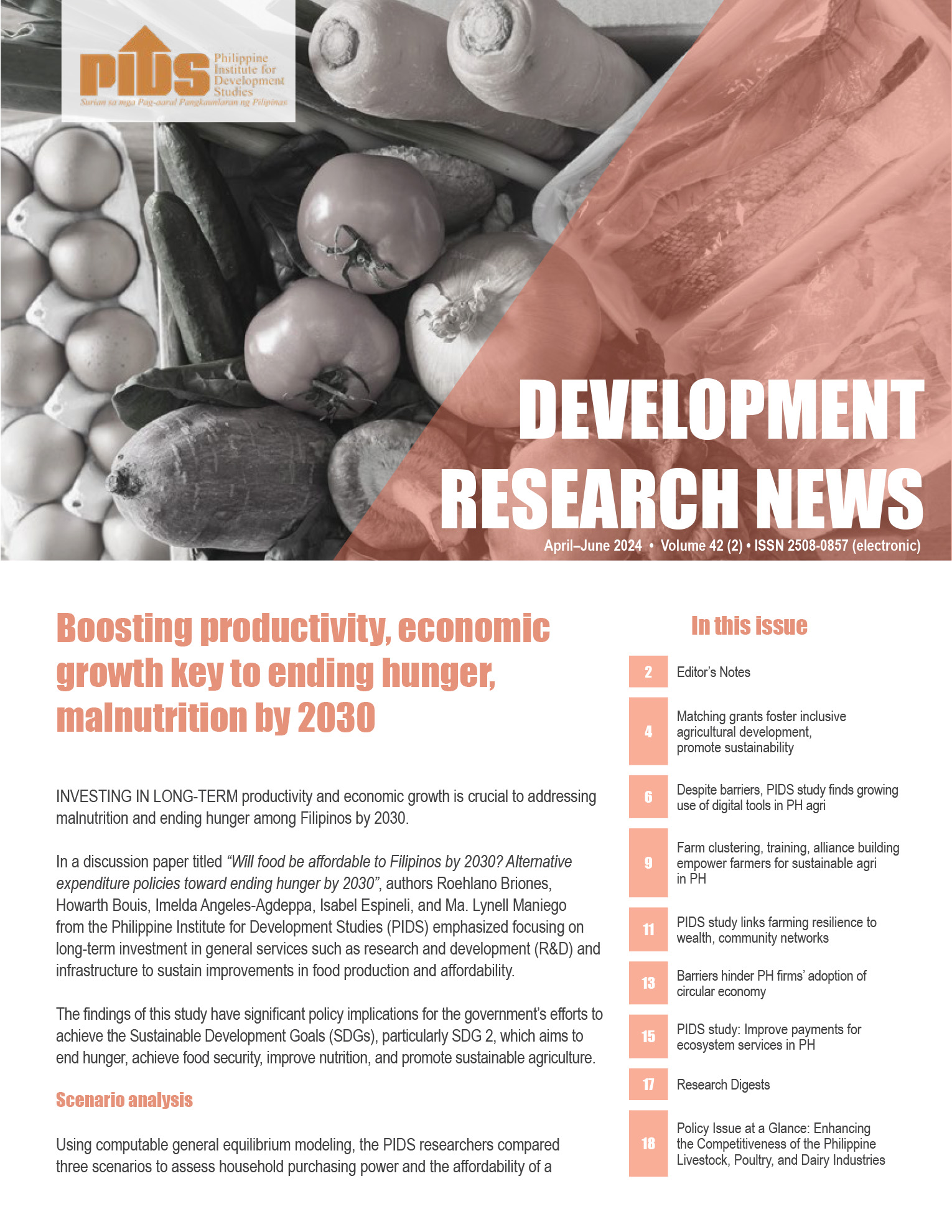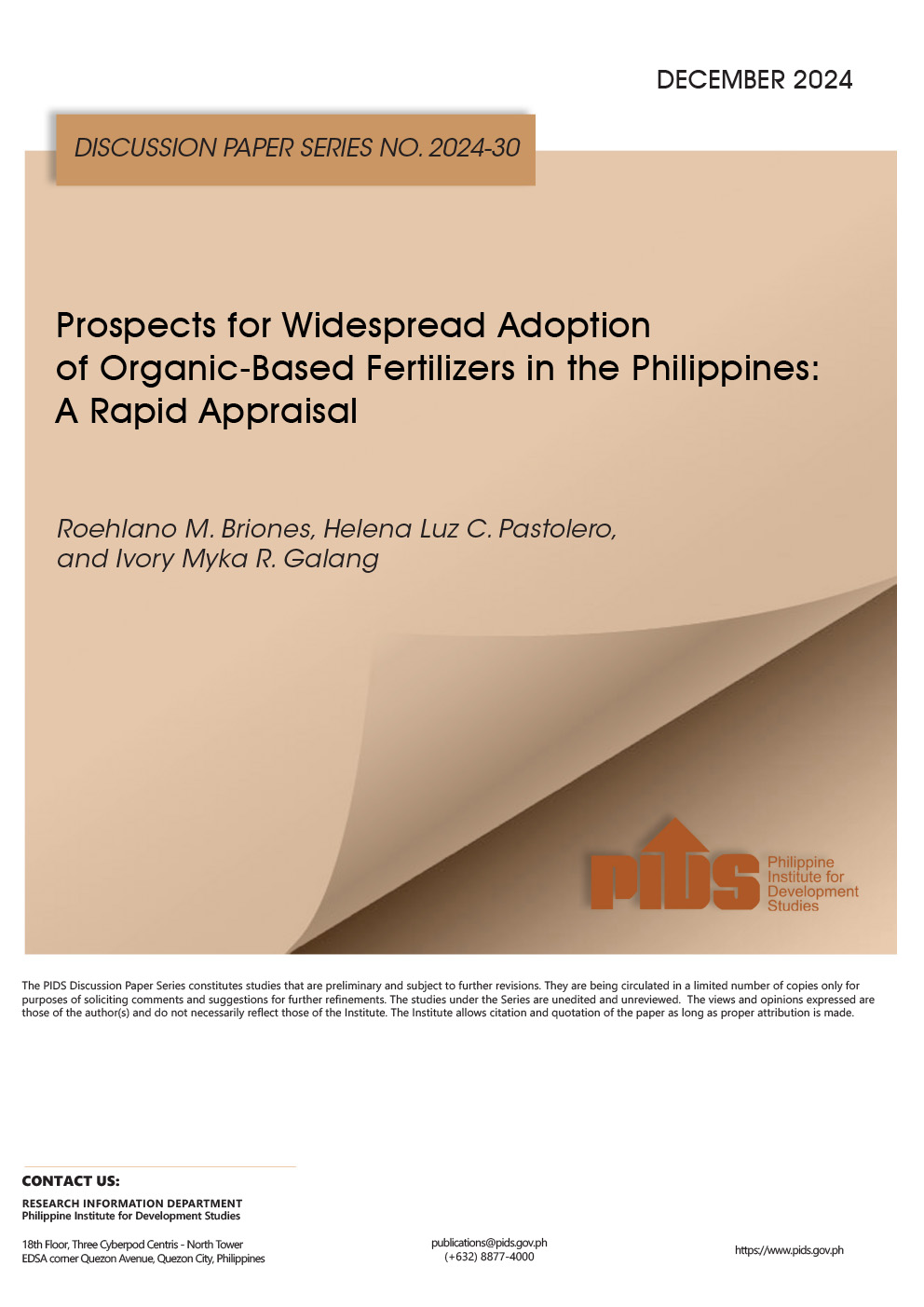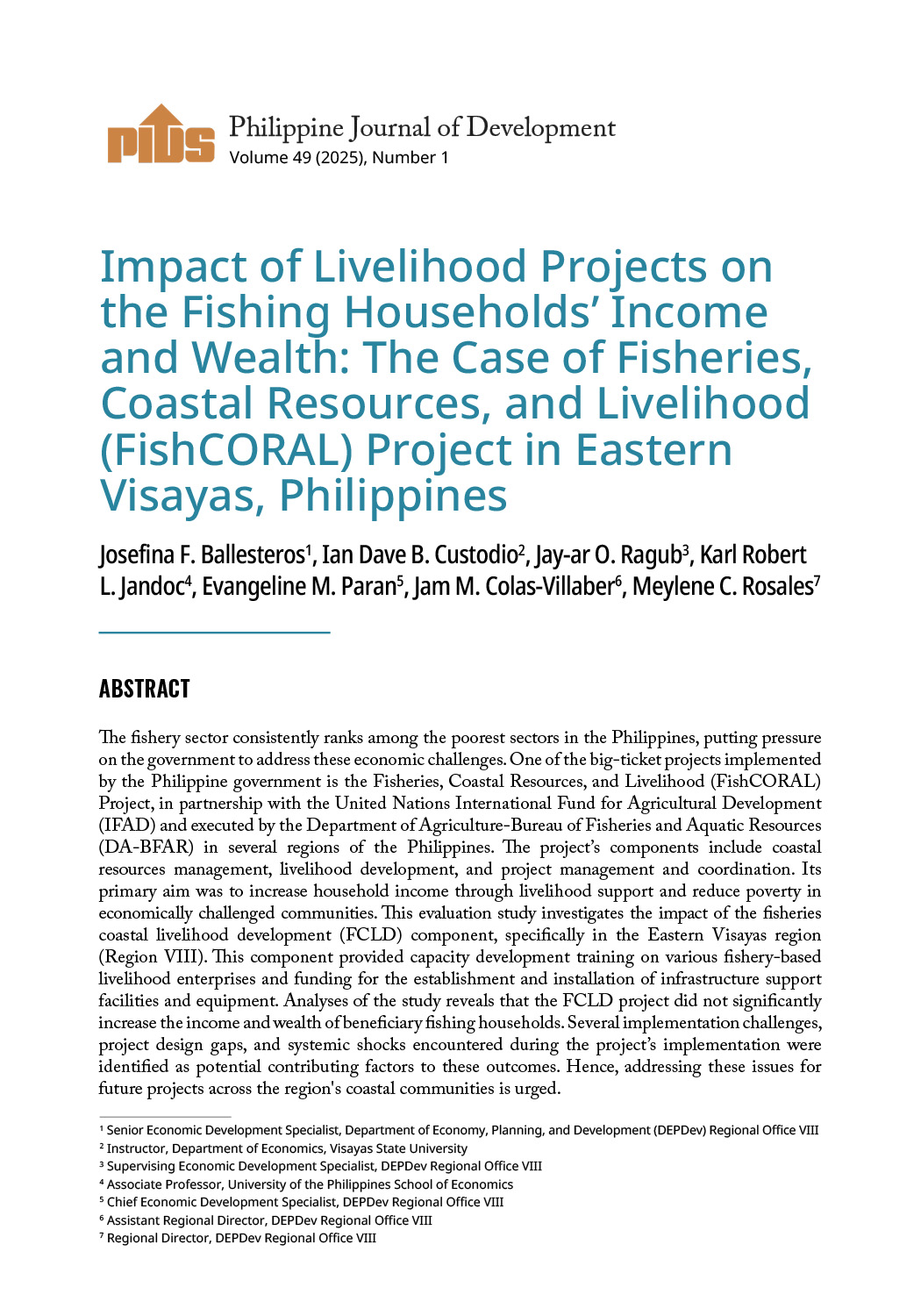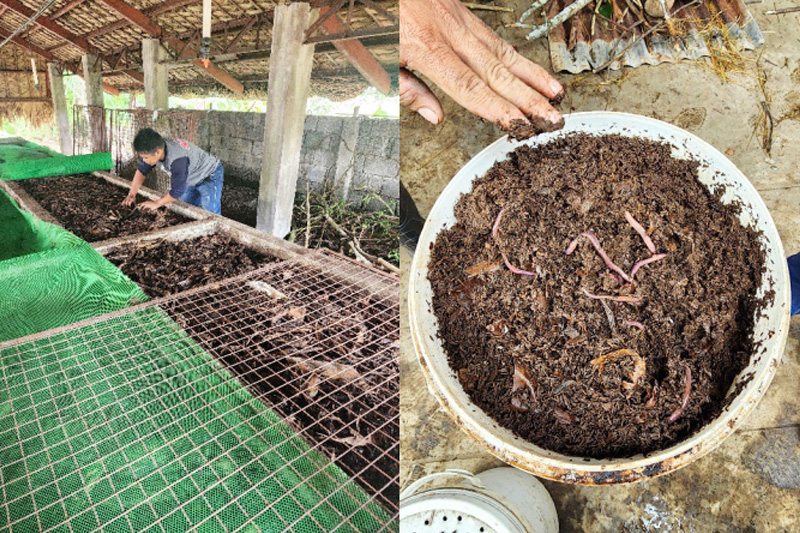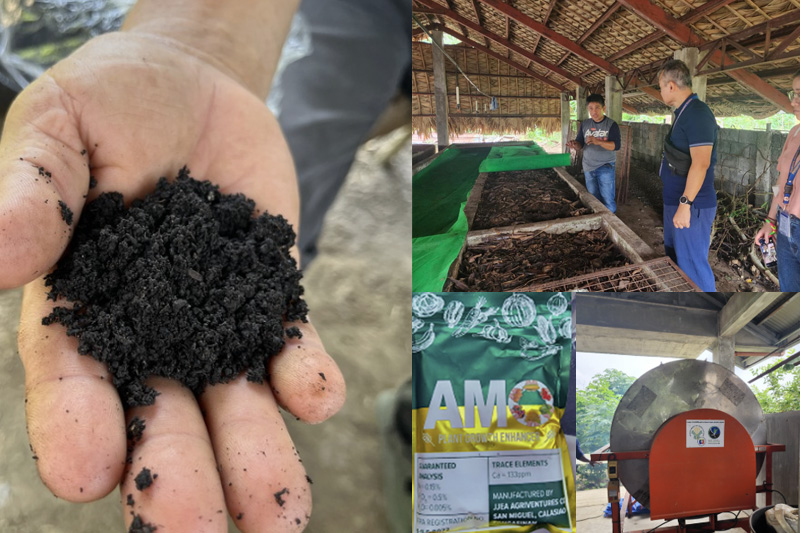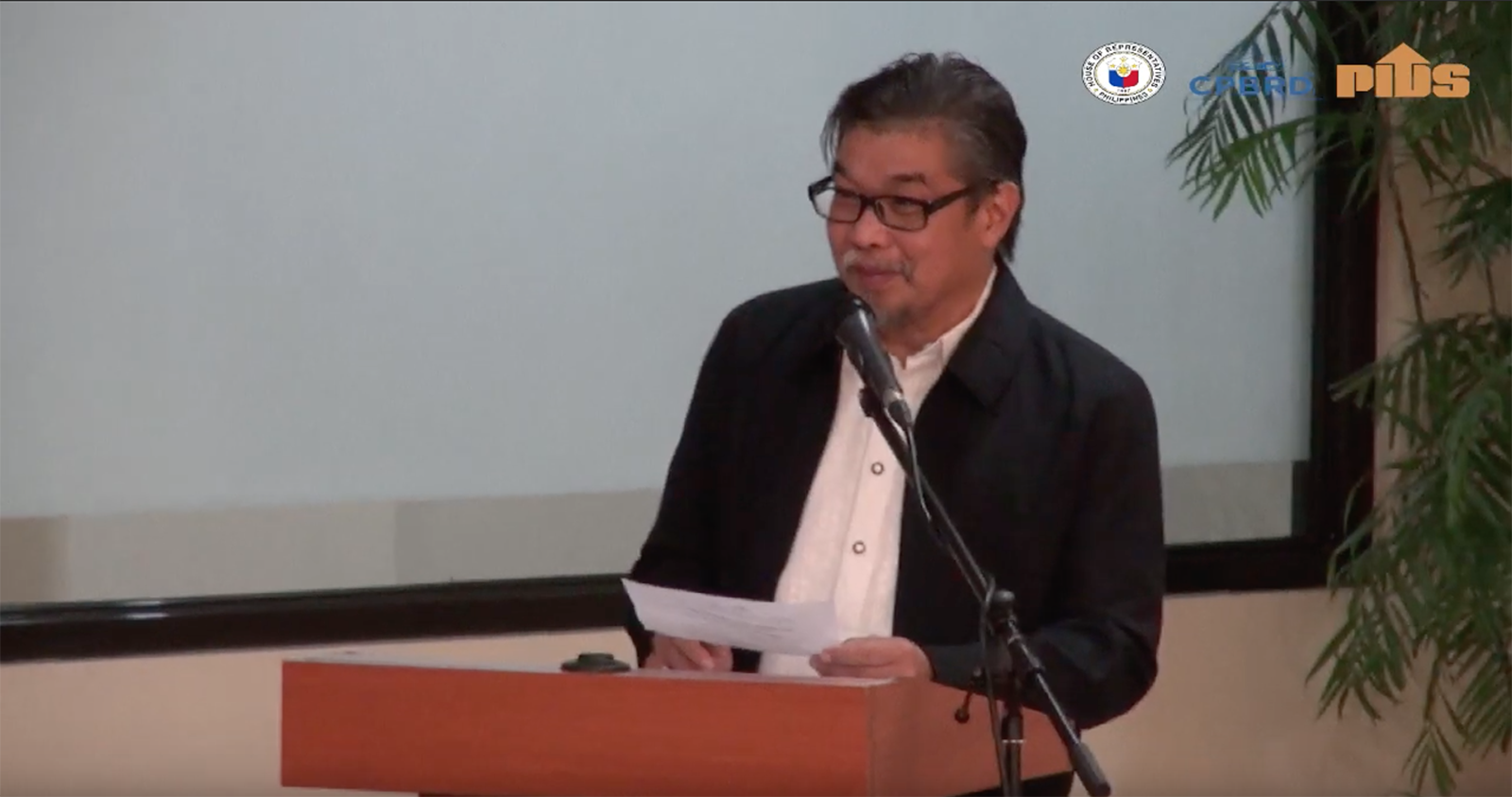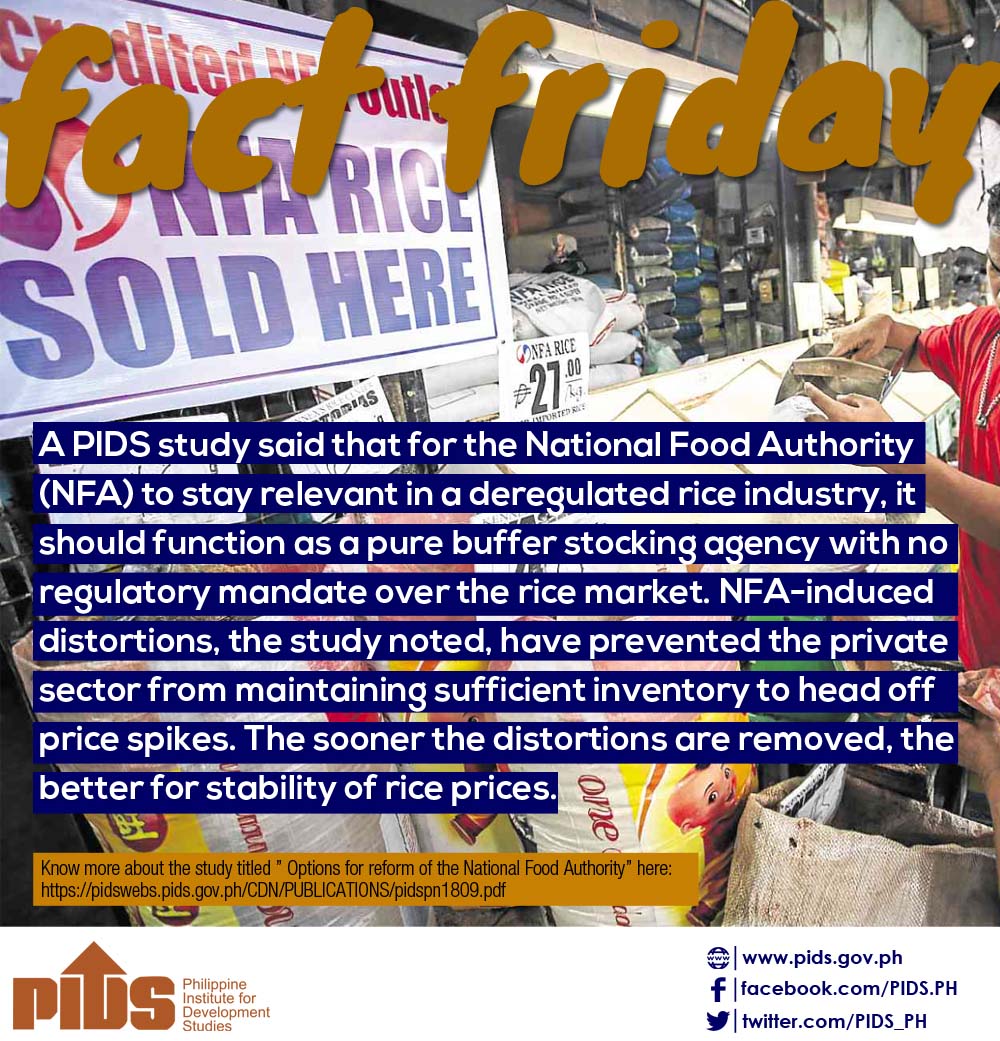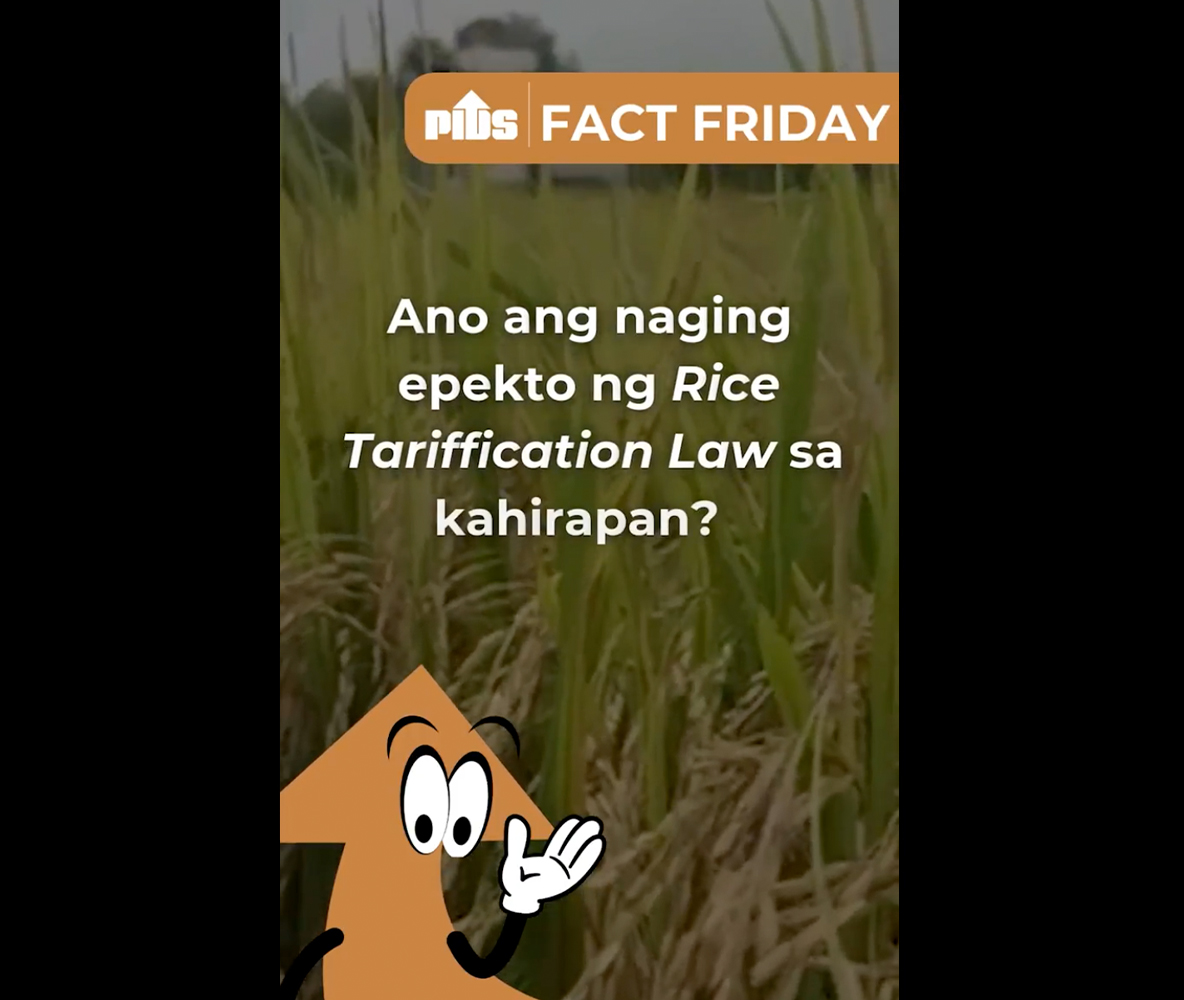THE Department of Agriculture (DA) is eyeing the imposition of a maximum suggested retail price on imported rice ranging from P42 to P55 per kilo.
Agriculture Secretary Francisco Tiu Laurel Jr. said the price range would be imposed on 25- and 5-percent broken rice varieties.
He added that a “cheaper” price range would be suggested for the 100 percent broken rice variety.
“Once we have the label rules set per type of rice magkakaroon ng MSRP ranging from P42 to P55 for 25 and 5 [percent] broken and cheaper MSRP for 100 [ percent] broken,” Laurel told the Businessmirror on Monday.
He said the agency will finalize crafting the label rules within the month.
The agriculture chief noted that the plan to impose an MSRP would prevent prices of the staple from hitting over P60 per kilo.
“No variety of imported rice should cost more than P60 [for] regular or well- milled. That is clearly profiteering,” Laurel said, partly in Filipino.
He added that the measure will not include Japanese rice, glutinous rice, black rice, basmati, and specialty rice.
“In the future, the max should be mid- P50s [per kilo],” he said, partly in Filipino.
Meanwhile, Agriculture Assistant Secretary Arnel de Mesa said the signboard in markets should include the type of rice, the country of origin, and the percentage of broken rice.
“That’s the important information to include: [...] by type, by country of origin, and percentage ng broken,” De Mesa told reporters in a briefing on Monday.
He also noted that the MSRP would provide a reference for Filipino consumers.
“The MSRP will be imposed so that our consumers will have an idea [...] that this should be the price based on the costs of rice in the international market and the attendant costs before our imported rice reaches the markets,” De Mesa said, speaking in Filipino.
Briones: Minimal impact
HOWEVER, Roehlano Briones, senior research fellow at the Philippine Institute for Development Studies (PIDS), pointed out that the DA’S bid to impose an MSRP on imported rice would have minimal effect on the prices of the food staple.
“Based on experience with last year’s price ceiling, this will have minimal impact,” Briones told the Businessmirror.
For her part, University of Asia and Pacific Center for Food and Agribusiness (CFA) executive director Marie Annette Galvez-dacul said that while the measure could tame rice prices, it could also affect the supply chain.
“A maximum SRP on imported rice can stabilize prices but may discourage imports, cause shortages, or harm farmers if set too low. Enforcement and farmer support are crucial,” Dacul told the Businessmirror.
Earlier, the DA said it is mulling over the removal of brand labels from imported rice on reports that these are allegedly being employed as manipulation tactics by some industry players to inflate rice prices.
The retail prices of imported rice in Metro Manila markets ranged from P40 to P54 per kilo for well-milled and P40 to P48 per kilo for regular milled, based on the DA’S latest price monitoring report.

